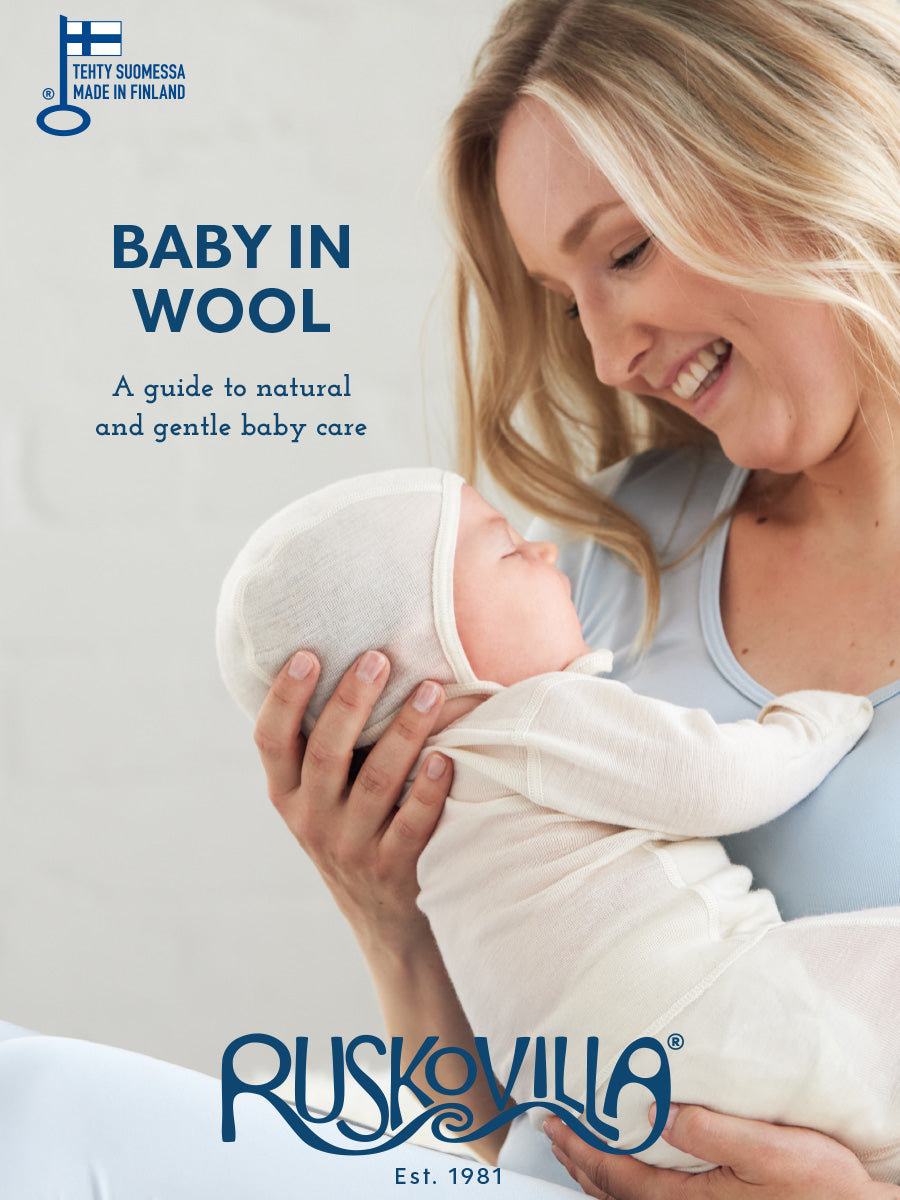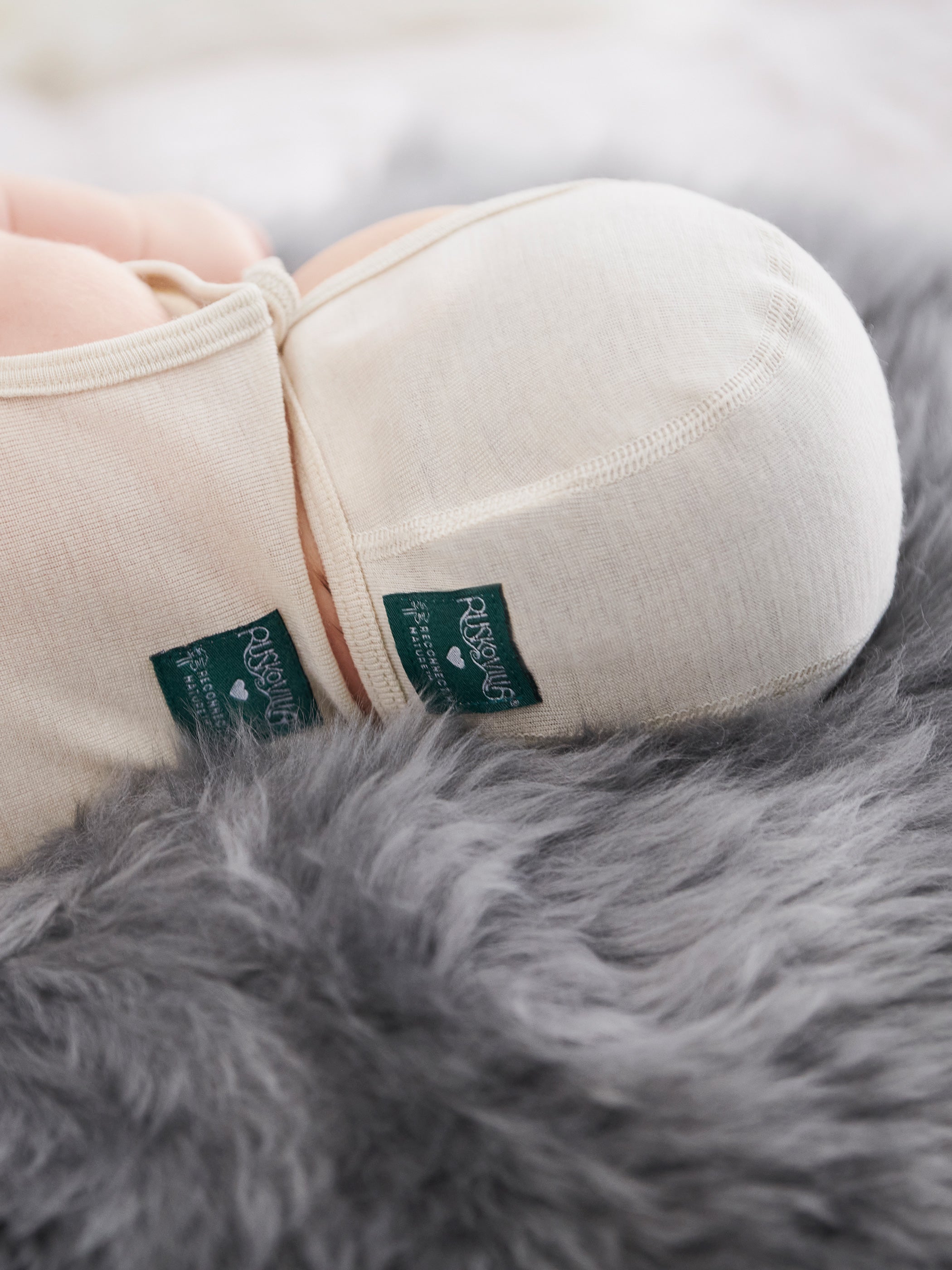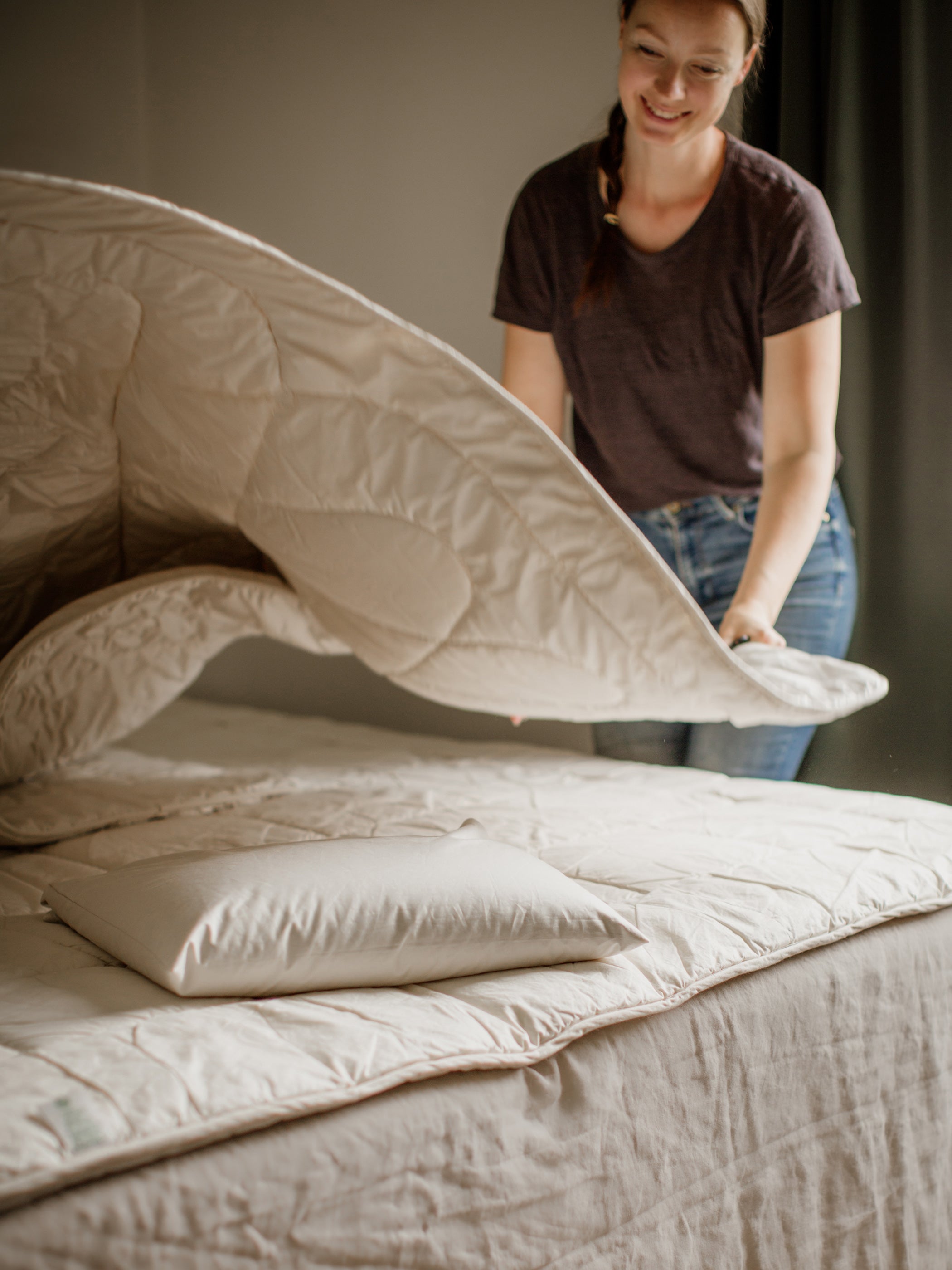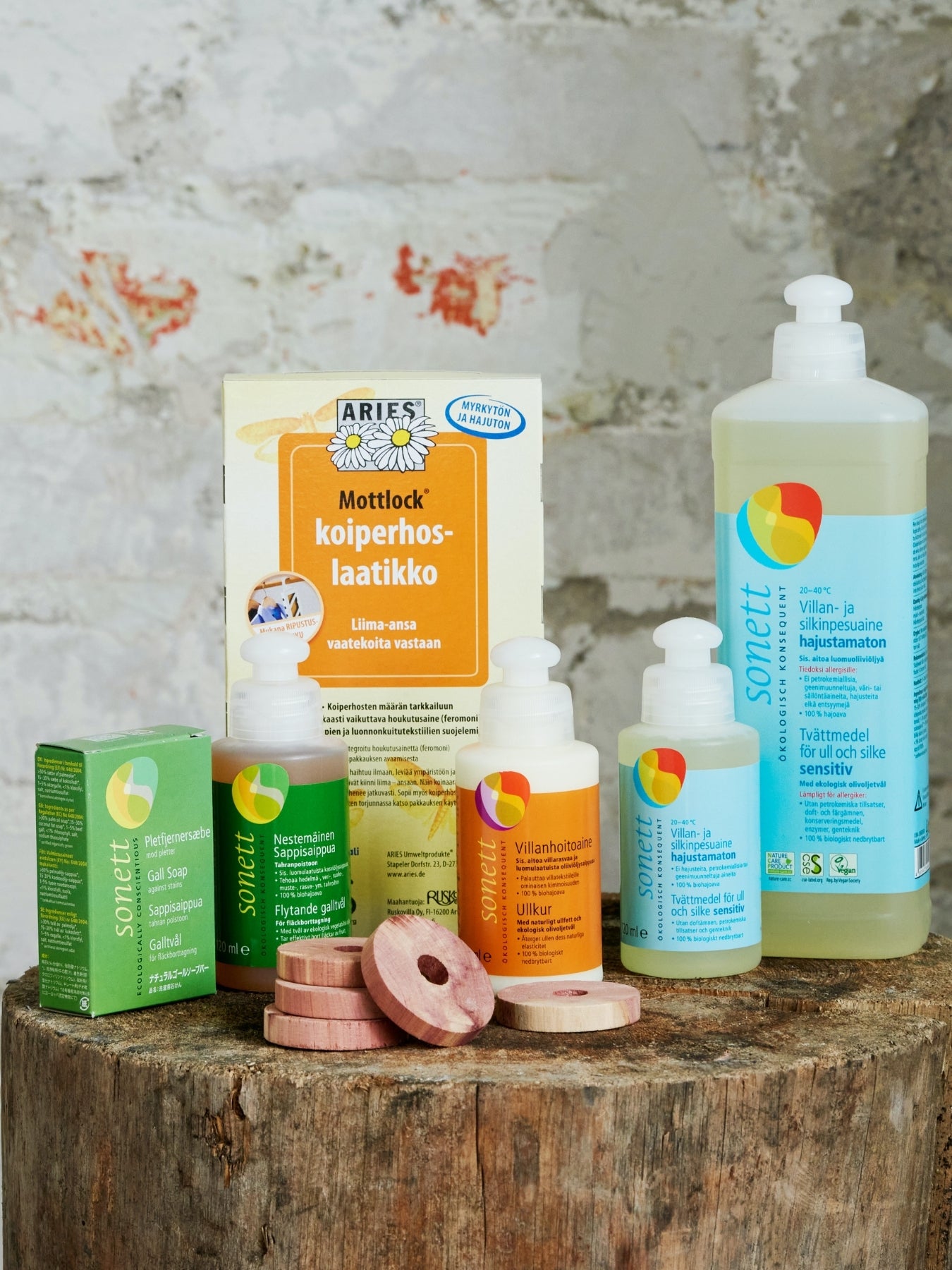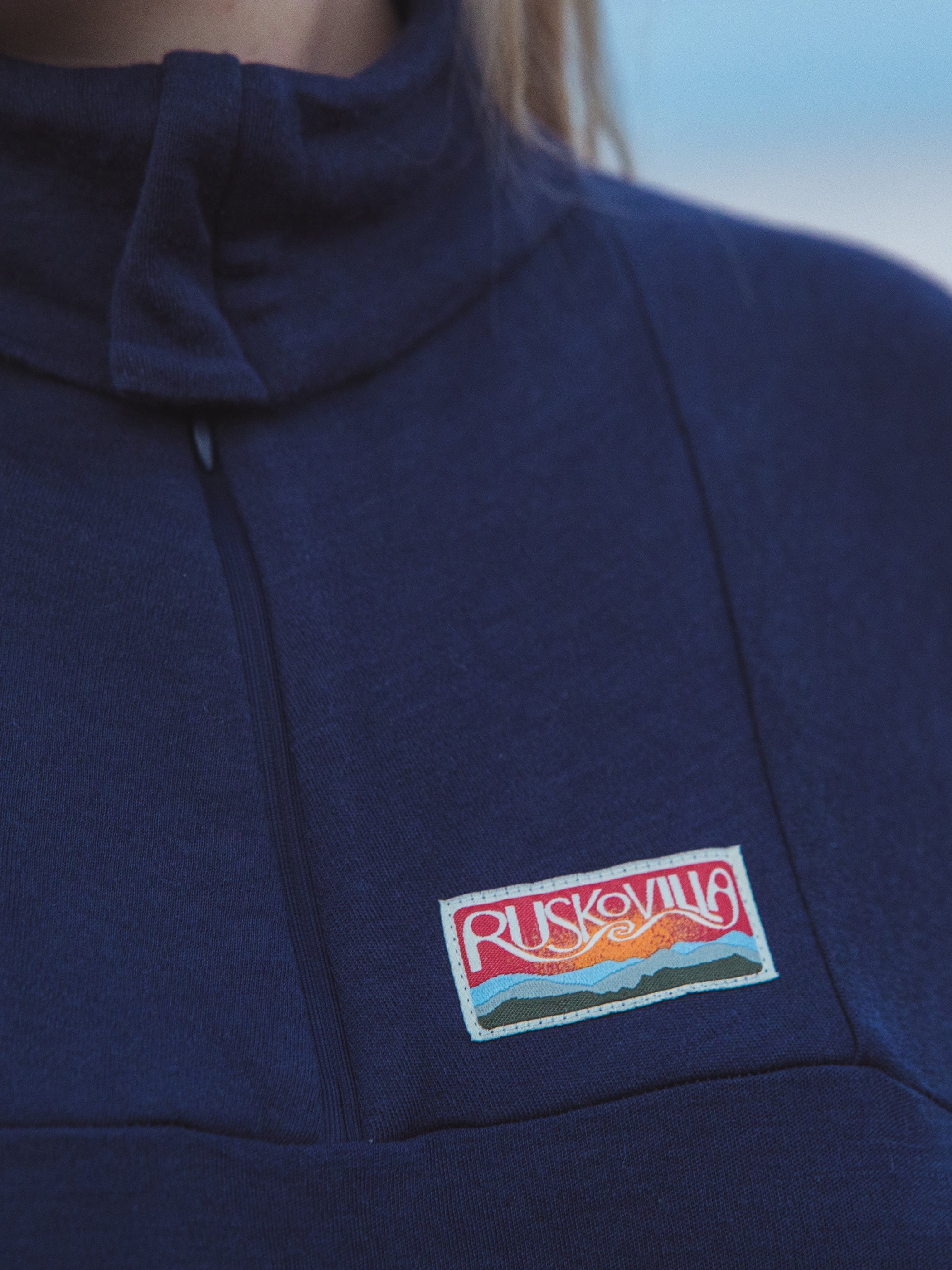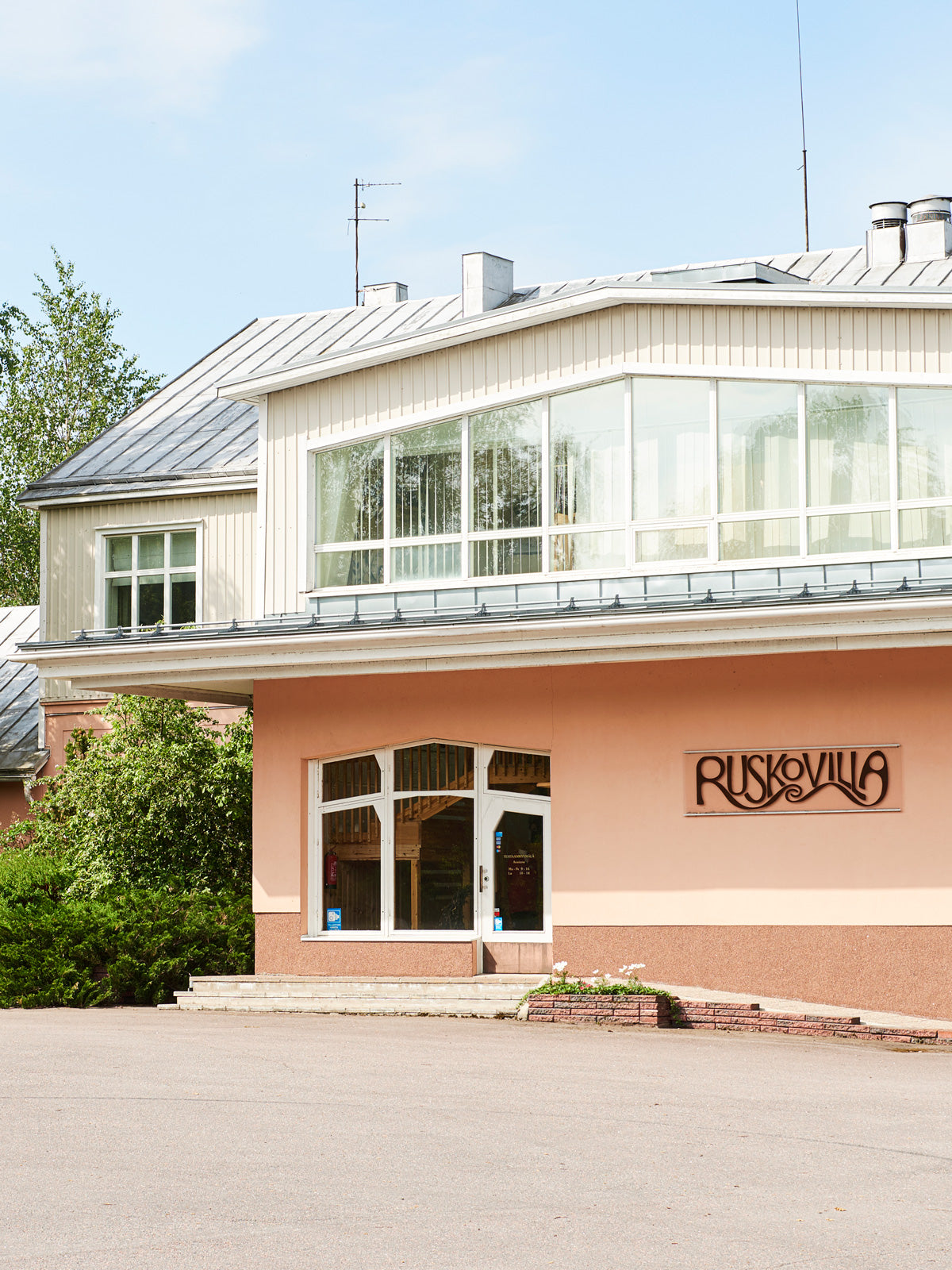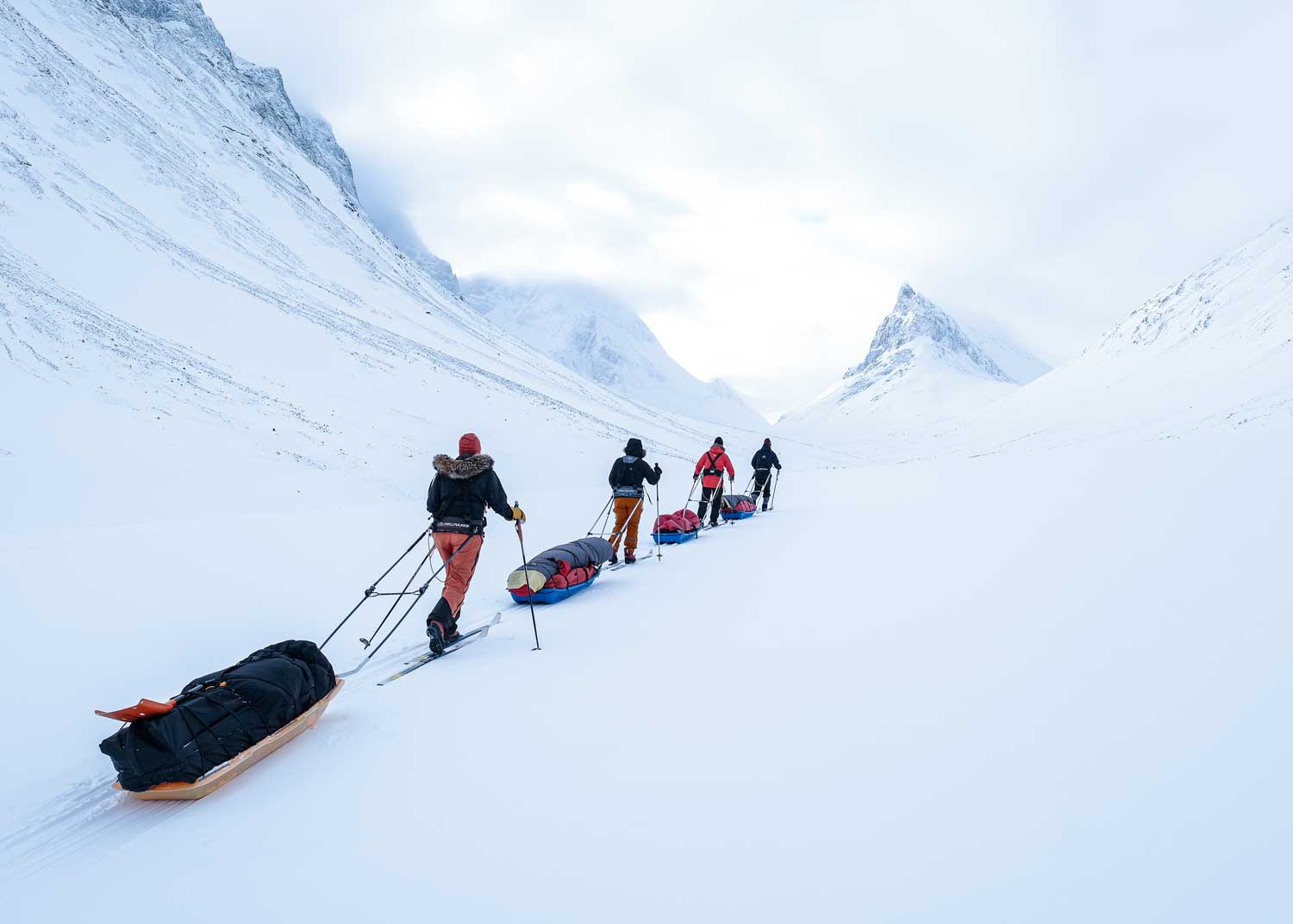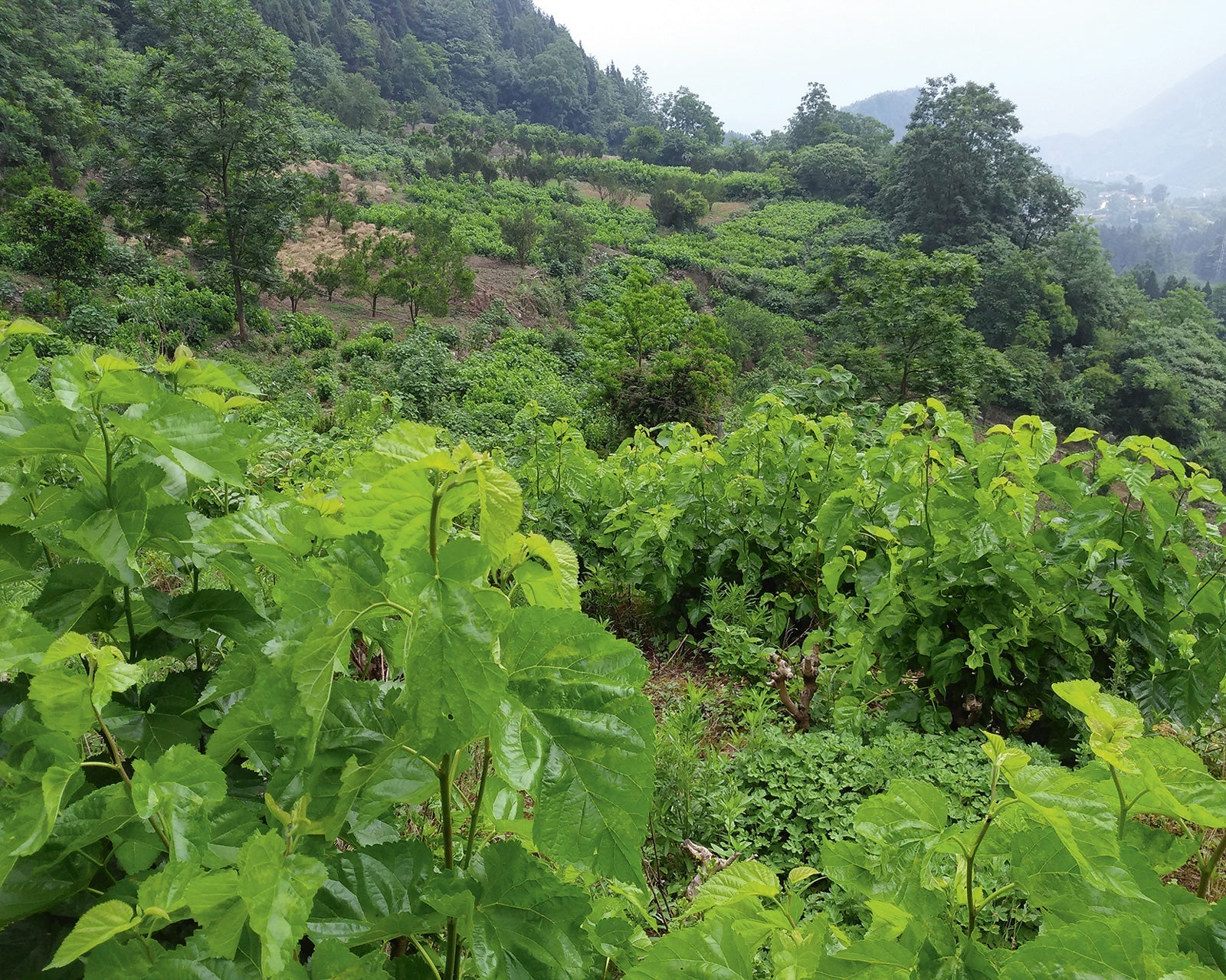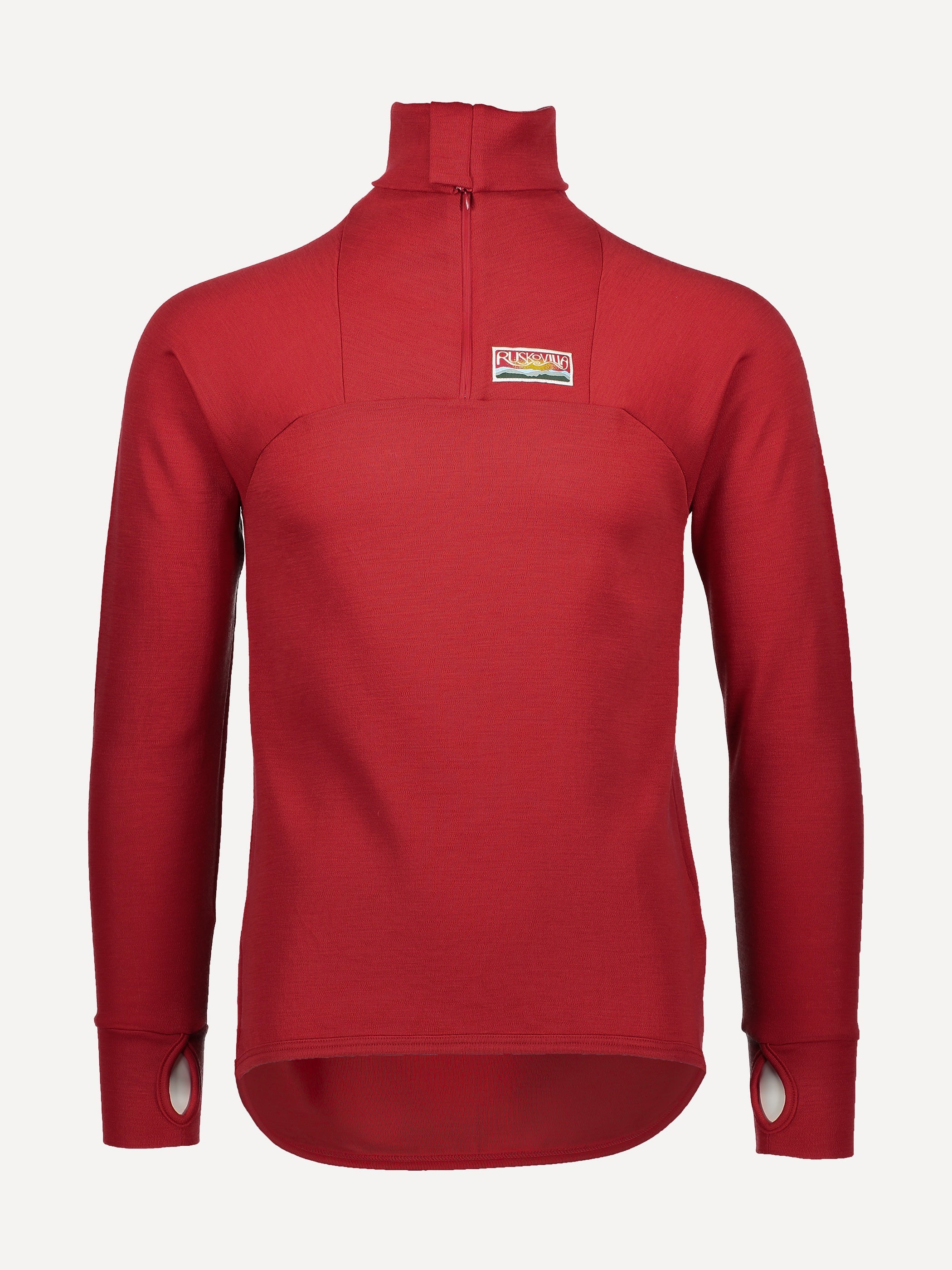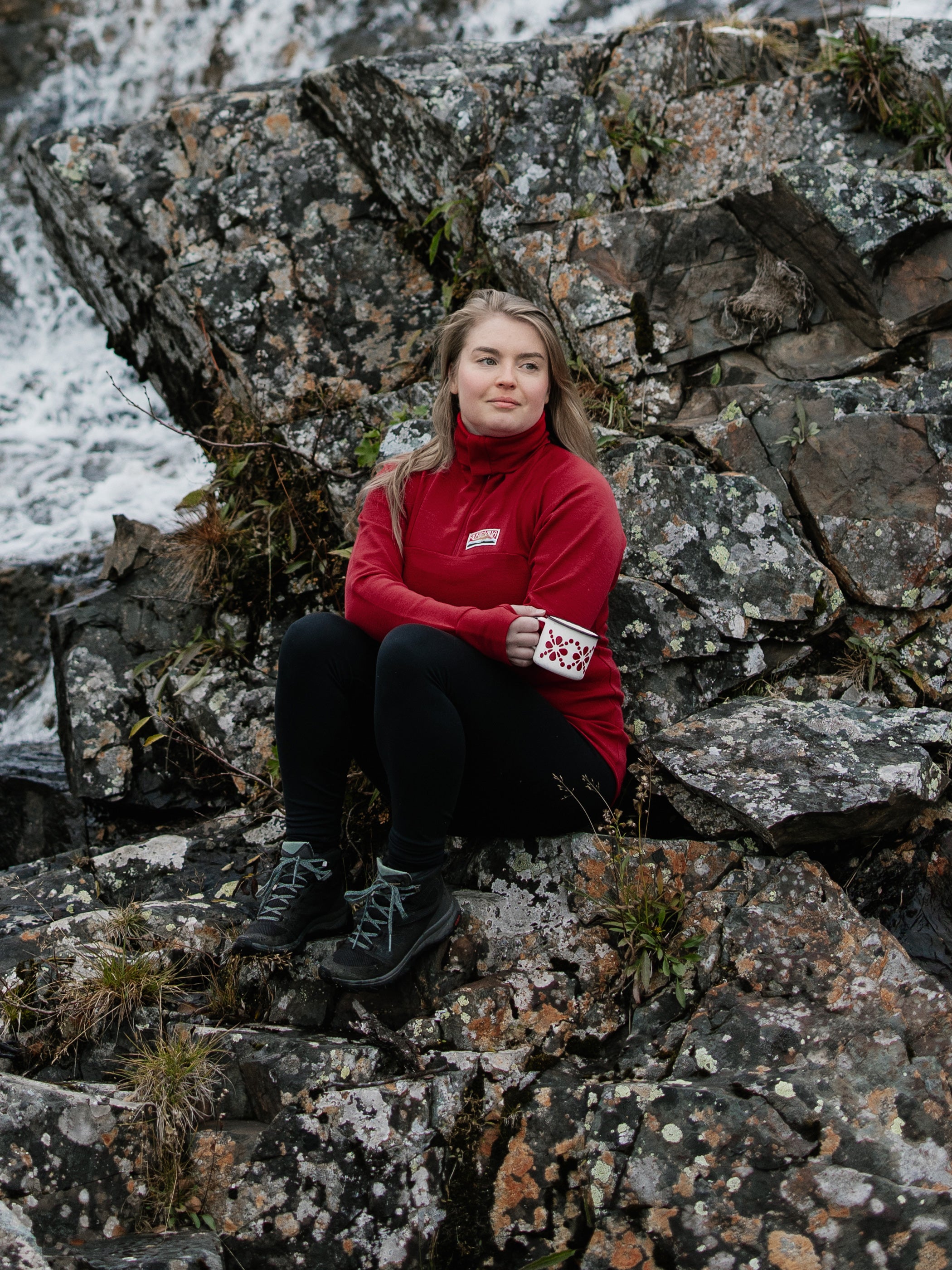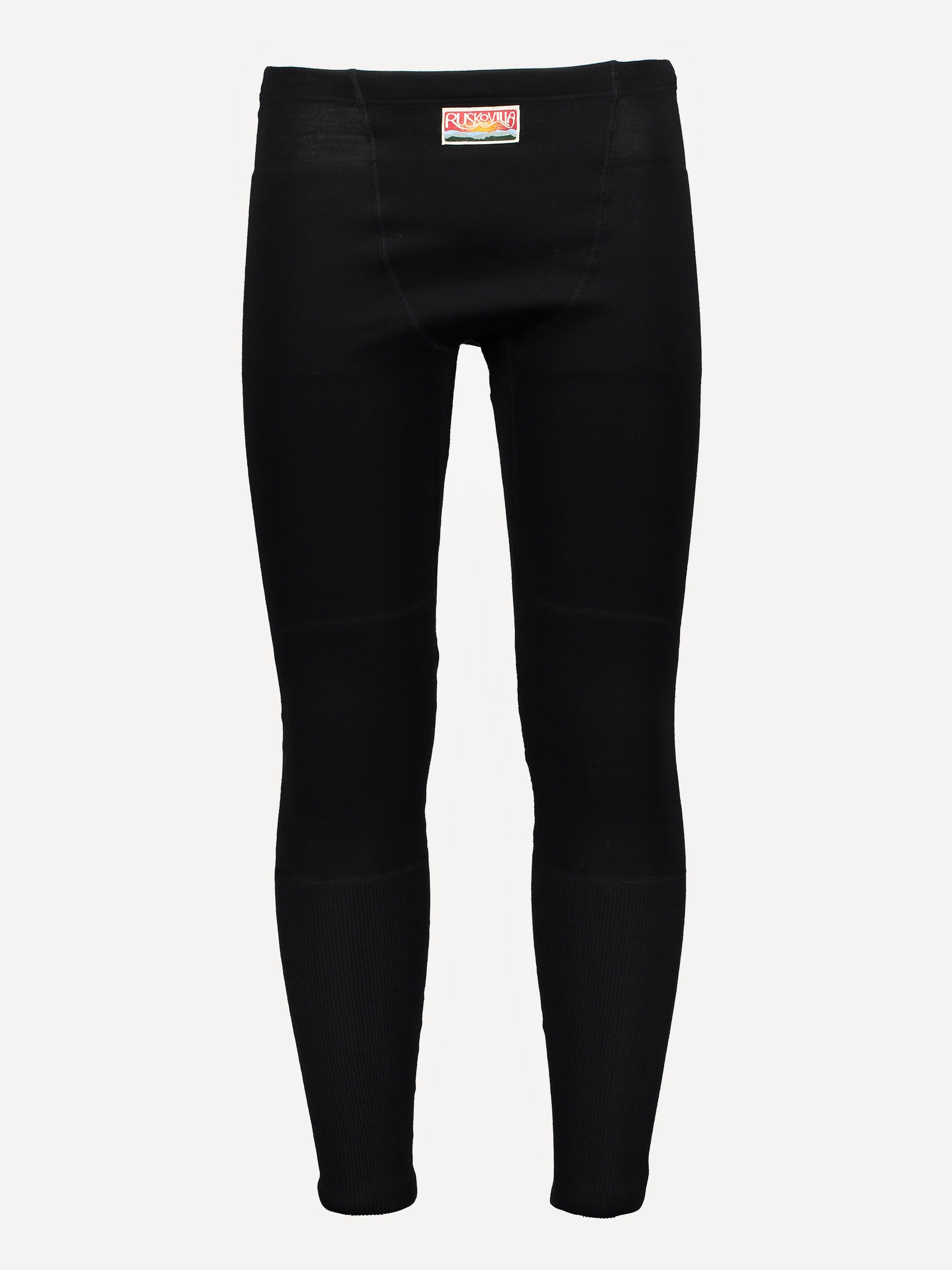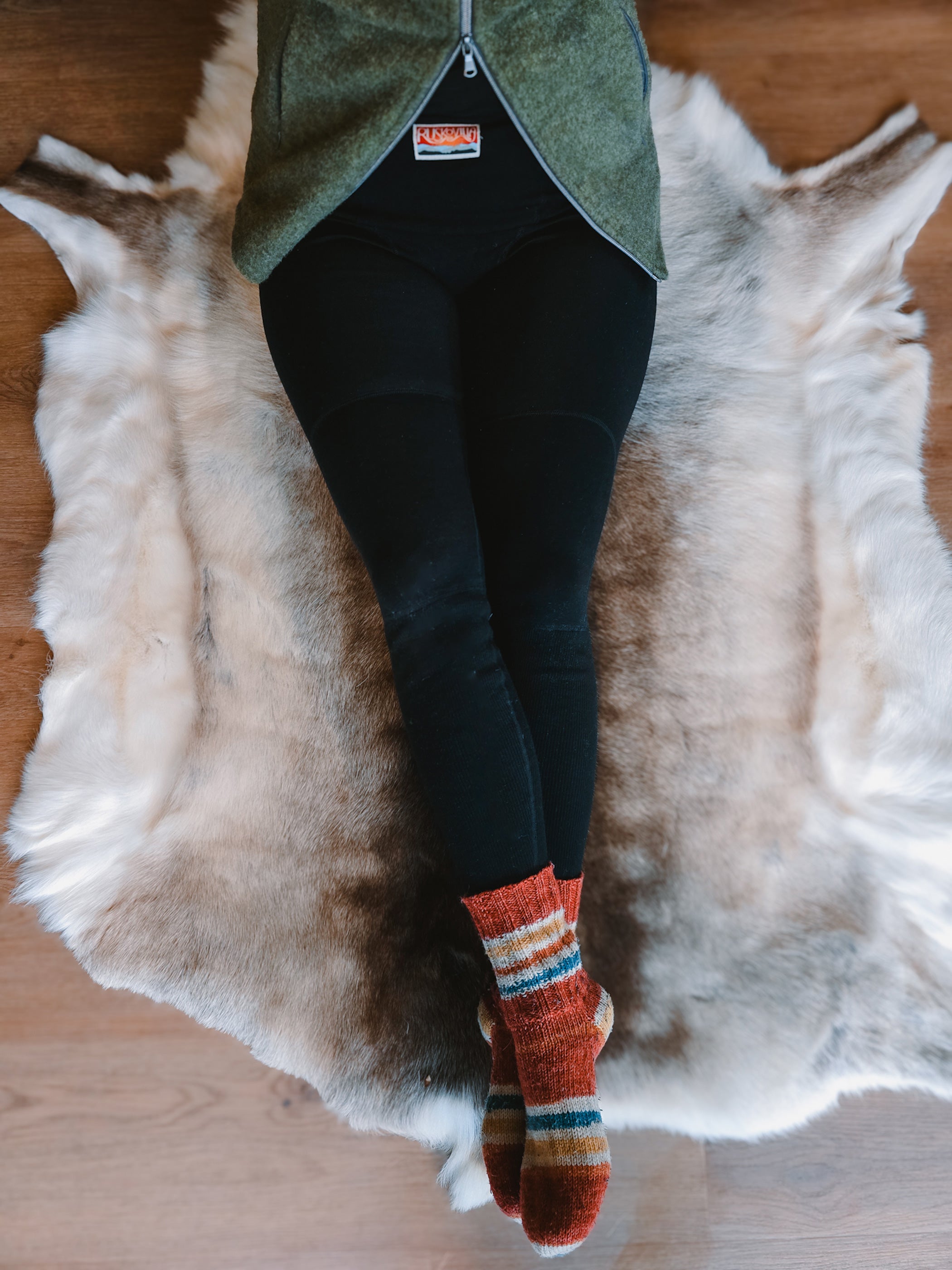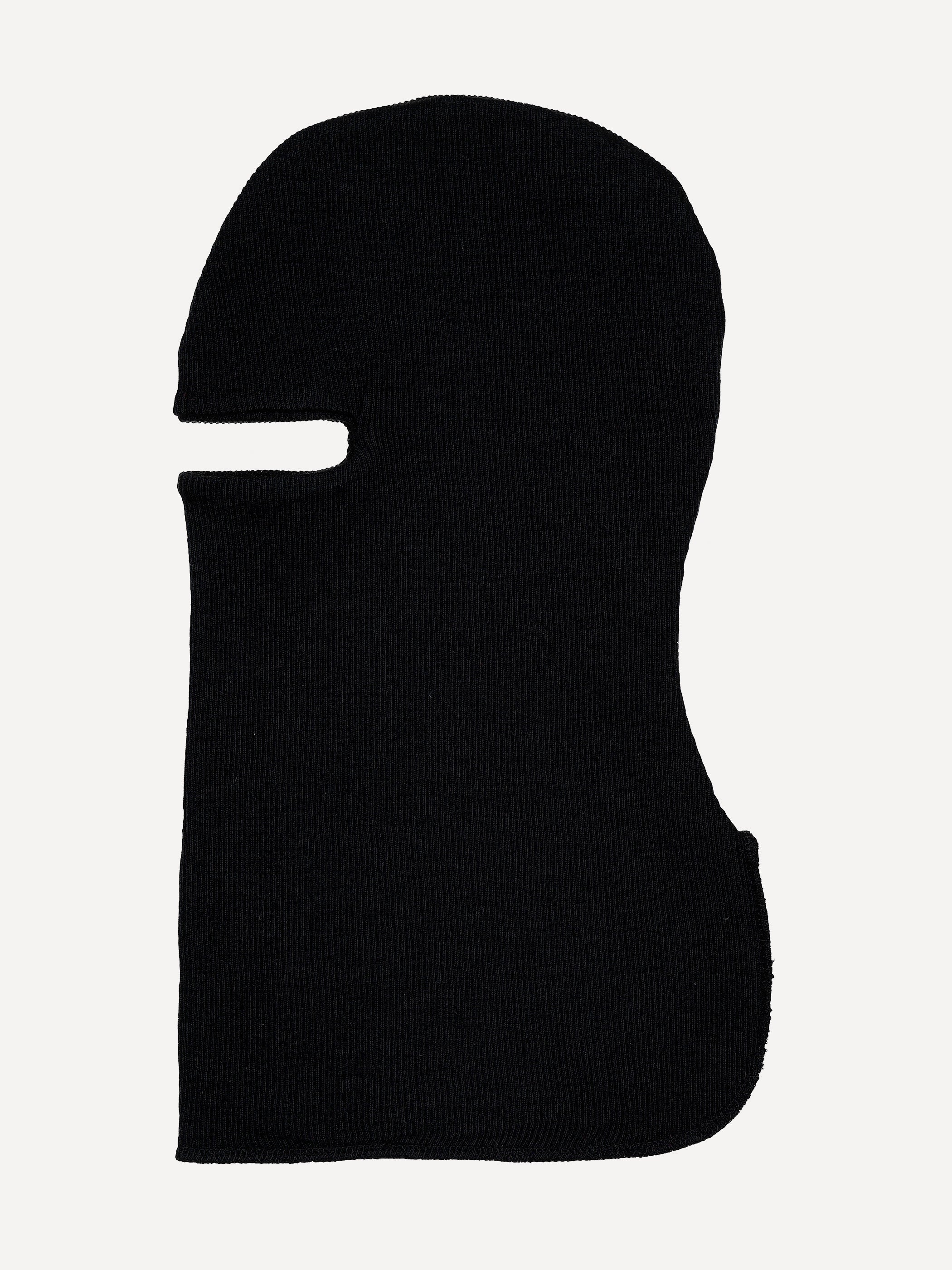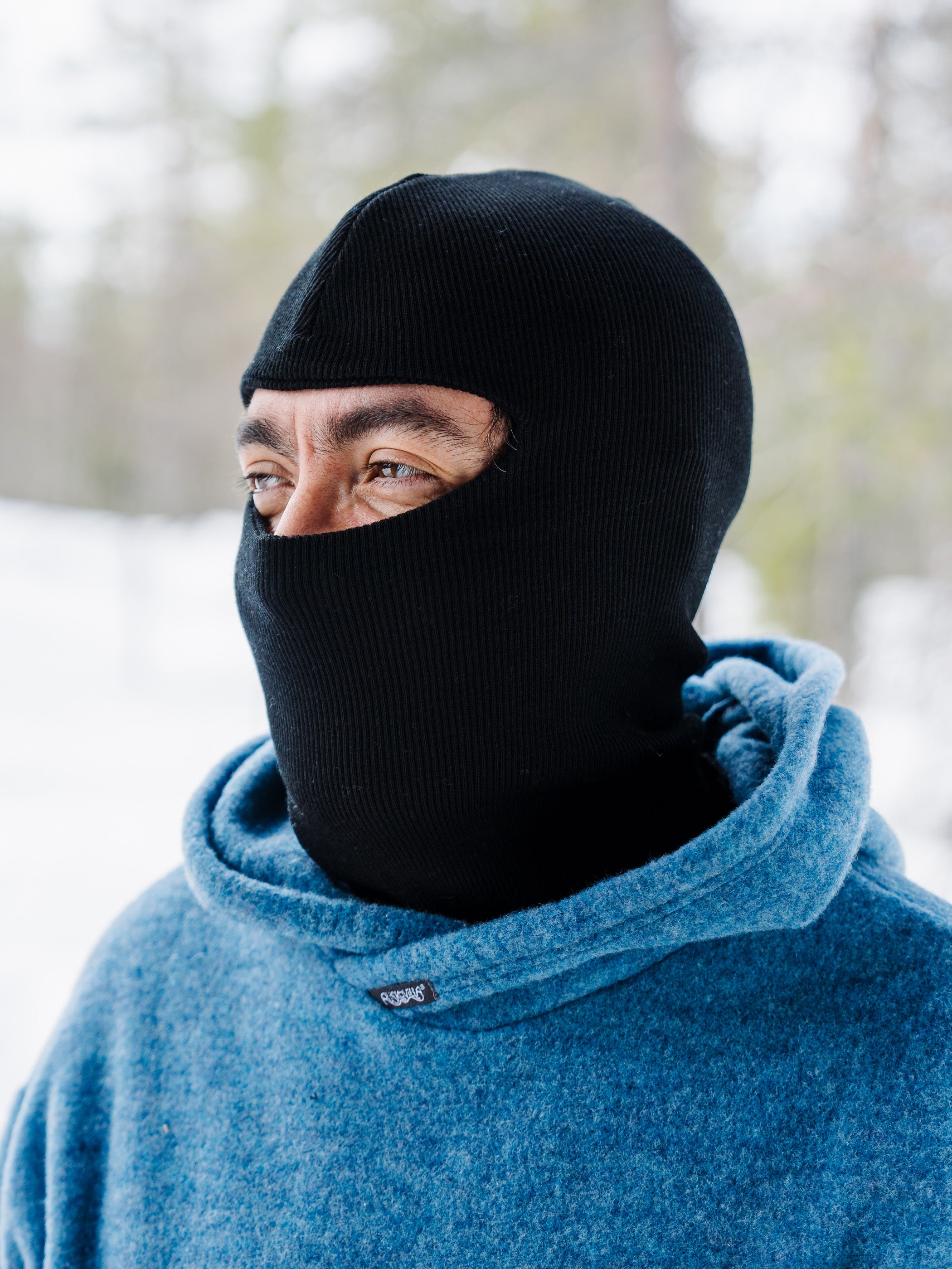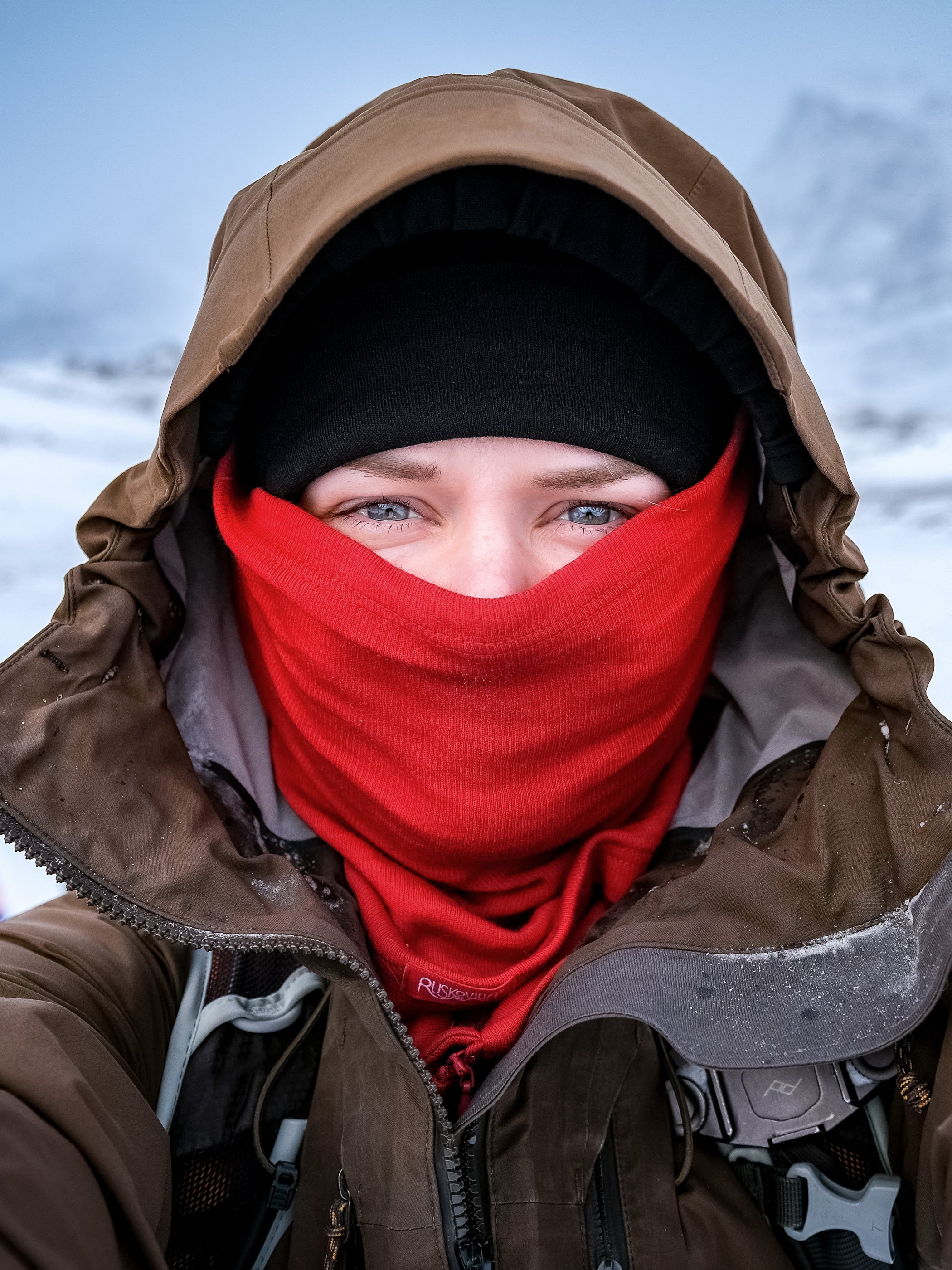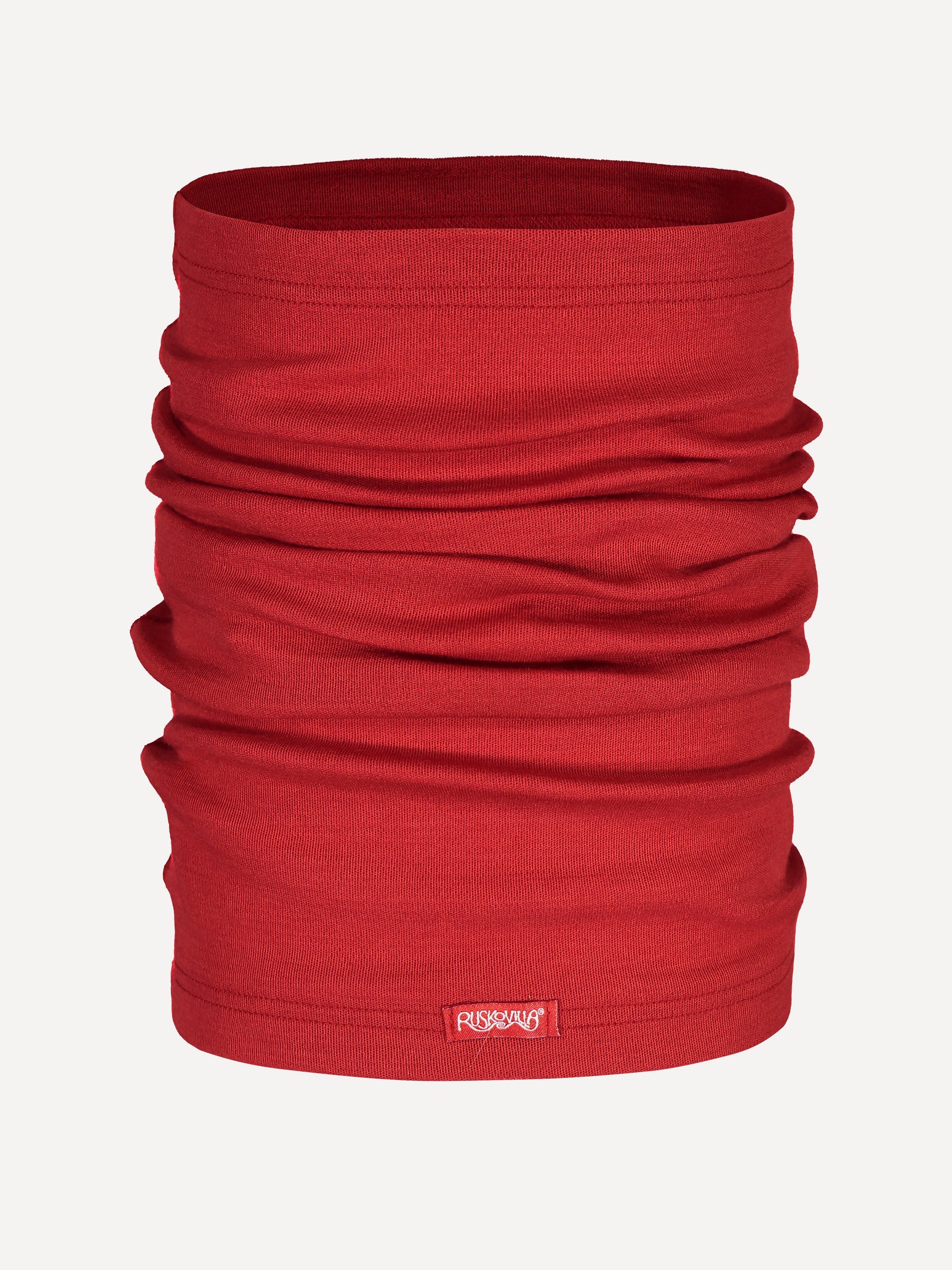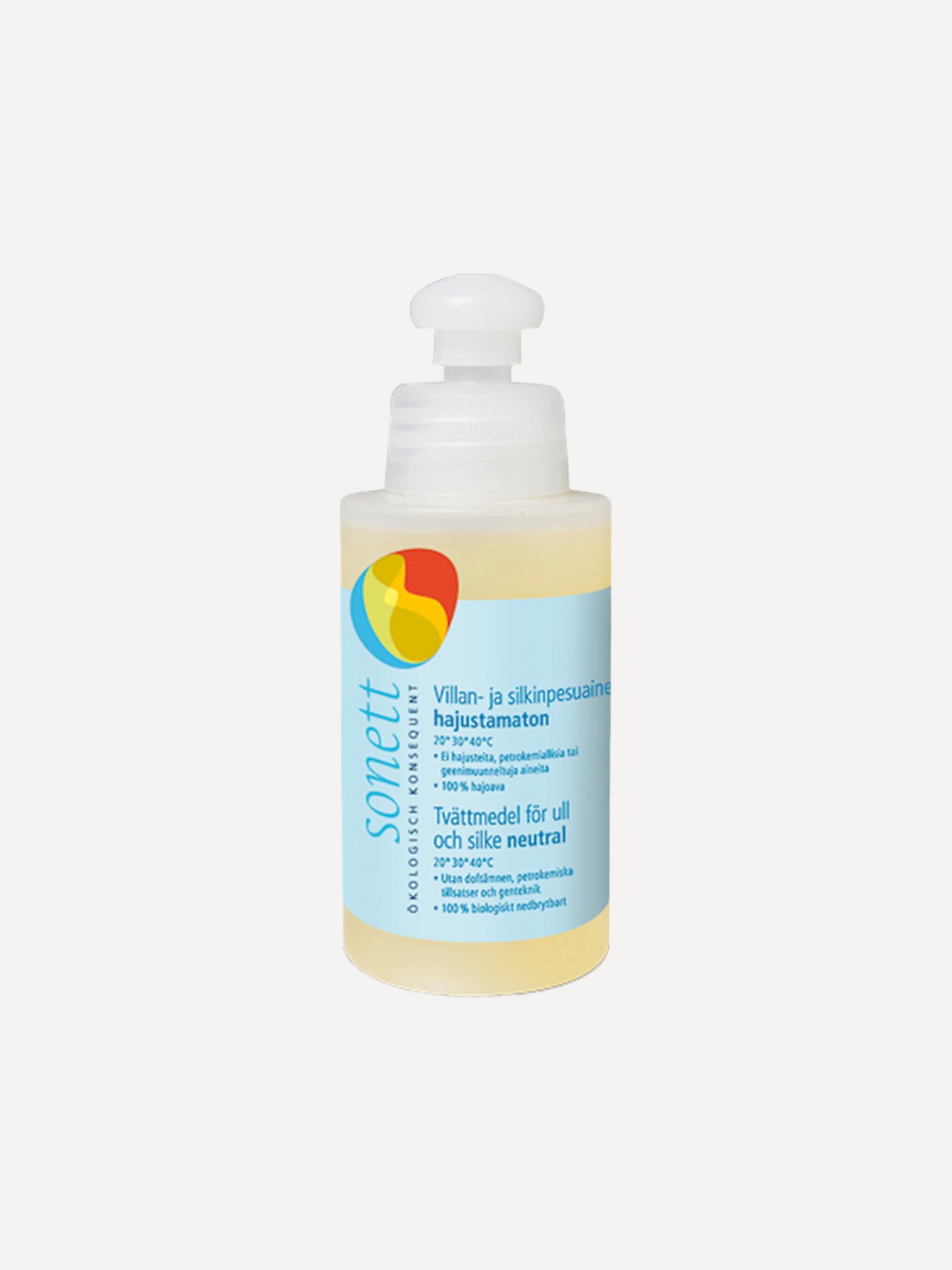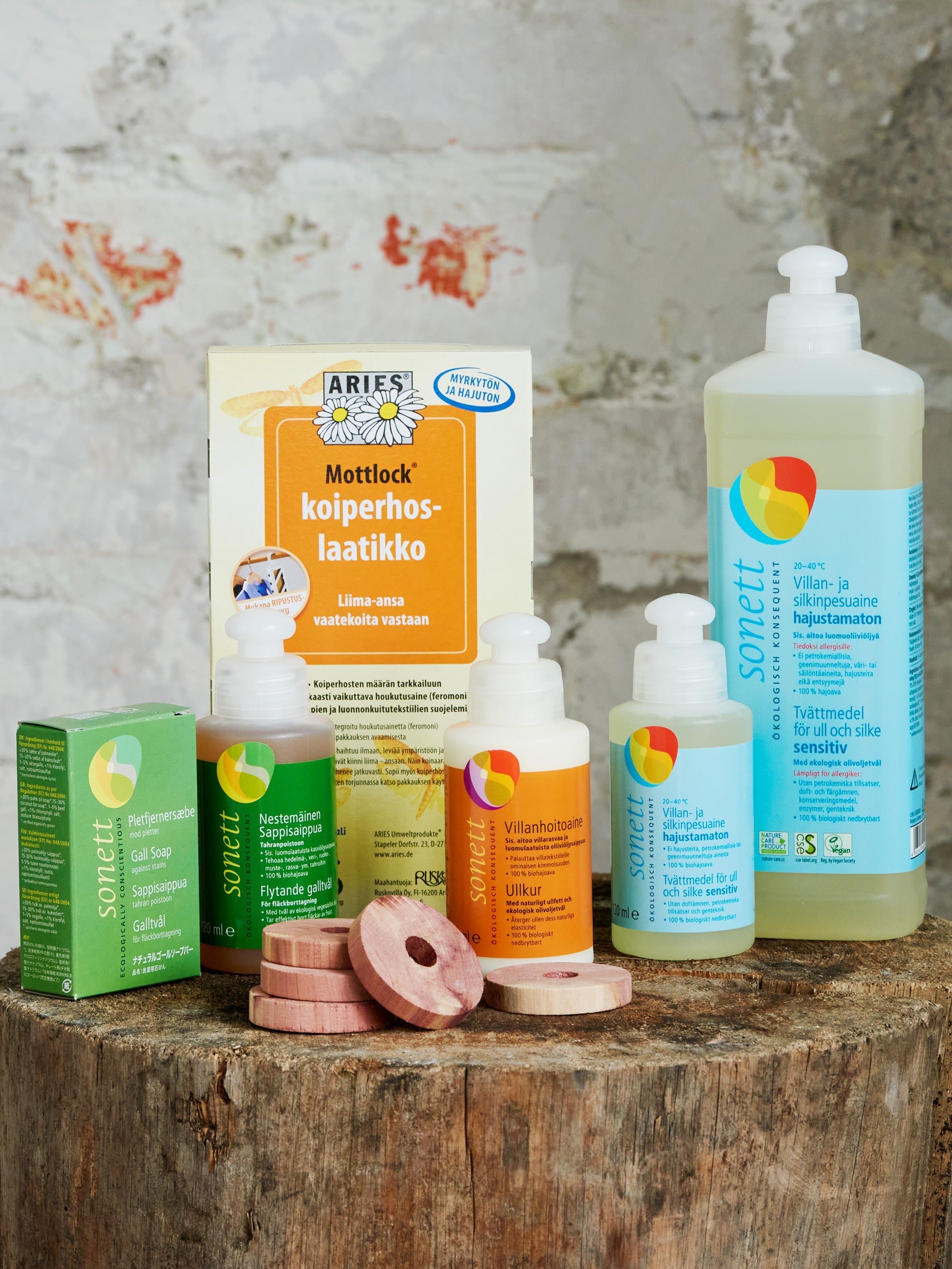Make survival enjoyable – tips on how to dress for arctic ski touring
The weather forecast promises a brisk -30°C cold in March in Nikkaluokta, Sweden, just as I am participating in a week-long ski touring trip around Kebnekaise. The “feels like -38°C” temperature in the forecast makes me seriously consider every detail of my equipment, especially clothing. How should one dress for such cold conditions?
Text and pictures: Rosa Vuorela
A strategy against the cold
When it comes to layering, I prefer merino wool for layers closest to the skin. The properties of wool are known to be unbeatable, particularly in winter conditions. It is important that moisture is transferred away from the skin and movement feels light and comfortable. Merino wool’s thermal insulation properties are brilliant thanks to the curly texture, and organic wool contains no chemicals harmful to the skin or the environment. In addition, wool is naturally dirt-repellent and neutralises odours, which is pleasant in camping conditions. Even if you use a sledge to transport equipment when ski touring, the total weight matters, since you need more equipment and food anyway in the winter.
I start planning by thinking about my winter dressing problem areas. It's definitely my thighs and buttocks, which once got pretty bad frostbite. They get cold really easily, so I decide to try Ruskovilla's outdoor pants, because they have a double knit from the knees to the waist – extra warmth exactly where needed.. In addition, I choose merino wool thermal shorts, as I have heard that wool shorts over wool pants are an effective extra layer in extremely cold conditions.
For the top, I choose an outdoor shirt, because the high collar and the wind flap under the zipper effectively protect the neck from the wind and also prevent the ice-cold zipper from touching the chin. The hem, longer at the back, provides additional protection when wearing shell pants with a normal waist, which always feels a little low in winter.
I am not familiar with wool fleece as a material, but the thermal properties of soft brushed wool knit sound good so I decided to test the wool fleece jacket. It also warms my heart to know that wool fleece is a 100% natural product, so that no microplastics are released into nature, and no chrome dyes or heavy metal salts have been used. Since my face is also sensitive to cold, I also take along a merino wool beanie and snood, as well as a balaclava mask that seems like a good alternative to a neck warmer that gets wet easily.
Selected products:

 Day 1. The ski tour starts from Nikkaluokta to Vistasvaggi
Day 1. The ski tour starts from Nikkaluokta to Vistasvaggi

Tour around Kebnekaise
Our skiing trail runs counter-clockwise around Sweden’s highest mountain, Kebnekaise. The trail is like an all-encompassing mini package of mountain hiking, where you can experience everything from mountain birch groves to the embrace of the fell at the altitude of 1,100 m and, from there, to the pass between the mountains.
The weather often changes unexpectedly and shapes the landscape in special ways. Sometimes it feels like skiing inside a marshmallow as the colour of the pink sky is reflected on the soft shapes of powder snow. On another day, everything is so white that you can only see subtle outlines of the mountain wall, but not where they start and end.
Then again, a clear and still frosty day lifts your mood as high as the sun that has finally emerged, but when the wind starts blowing the snow and turning the pass between the great mountains into a wind tunnel, you come to life in a completely different way. However, when you are dressed correctly, you can endure almost anything that nature wants to offer.

 On the first night, the temperature dropped to -32°C in Vistasvaggi. At night, the northern lights were visible and the full moon was shining. In the morning, the landscape was like a marshmallow.
On the first night, the temperature dropped to -32°C in Vistasvaggi. At night, the northern lights were visible and the full moon was shining. In the morning, the landscape was like a marshmallow.
 Day 2. In the morning, the sleeping bags were put outside to air out during breakfast. Wool fleece jacket is functional break and camp garment. Under the wool fleece and down pants I wore Ruskovilla's outdoor base layer, and a merino wool beanie in my head.
Day 2. In the morning, the sleeping bags were put outside to air out during breakfast. Wool fleece jacket is functional break and camp garment. Under the wool fleece and down pants I wore Ruskovilla's outdoor base layer, and a merino wool beanie in my head.

Extra layers
As the sun goes down, the temperature drops to under -20°C on many nights. Although I wear the Ruskovilla outdoor shirt and pants all day, I also plan to sleep in them because they feel comfortable to wear at the end of the day.
At night, when the frost tightens to -32°C, I wake up when my nose feels cold in the small breathing gap of the sleeping bag. I lift the long collar of the outdoor shirt right under my nose and turn the fold of the merino wool beani open over my nose. It's great when the clothes have room for adjustment. I have taken the wool fleece jacket inside my sleeping bag and I use it as a small extra blanket, which I move a little to warm my sides. The warmth spreads in an instant and it's easy to fall asleep again.

Day 3. During a break, Ruskovilla's outdoor layer keeps the heat up without additional layers under the down jacket. In the background is the 1585 m peak of Nallo. The balaclava mask stayed snug on my head and adjusting the mouth opening was easy even with thicker gloves. Photos: Oskari Mylläri

Outdoor baselayers work really well. Merino wool feels pleasant under the shell garments when skiing, and the long sleeves of the outdoor shirt, and hem at the back, protect my skin and I do not need to pull them down constantly.
When we leave Nallo on the fourth day and our route runs in the shade all morning, I feel that additional insulation for the thighs would be good. During the break, I add Ruskovilla's merino shorts in between base layer and shell pants. They provide additional warmth so well that I can manage with them the next day as well, when the wind goes up to 10 m/s.
This is also the first time I put on the balaclava mask, which is a perfect fit and stays in place, even though I keep moving its opening over my face with thick gloves on. You appreciate such small details immensely when the conditions start to get challenging.


Day 5. As the journey continued, a brisk wind picked up in the pass between the mountains and we had to ski against the wind. The surrounding mountains rose majestically along the route. Each member of the expedition was in turn making the route. The shift lasted one leg, i.e. 50 minutes. Storm pitching of tents in 10 m/s wind.

Comfortable and safe winter camping
When camping in winter conditions, there is no need to feel cold in the tent. Clothes dry quickly in the heat of the gas stove up in the tent where socks, gloves and beanies hang at the end of the day. Wool is an excellent material because it is more fire-resistant than synthetic fibres, it has a high ignition point and does not melt.
I air the outdoor baselayer outside one evening, but otherwise I let it dry on me. As soon as I arrive at camp I put on my wool fleece jacket. It is so warm that I don’t wear it under my shell jacket when skiing, except when the wind is really high, but otherwise I wear it all the time.
Evenings are spent preparing food and melting snow for drinking water. Since fire and boiling water are handled inside the tent, you have to be especially careful when handling them. Wool is a good material because it is more fire-resistant than synthetic fibres, because it has a high ignition point and does not melt. However, it is good to wear shell pants when handling boiling water.
Wool fleece is comfortable to put on as soon as you come to camp. It's so warm that it's not worth wearing under a shell when skiing undles the wind is really strong, but otherwise I use it all the time. Although I thought about taking a woollen pullover with me when I left, I decided to just rely on wool fleece, and it turned out to be the right solution.

Wool fleece turned out to be a functional camping garment. At night, it was nice to put in the sleeping bag as a small blanket to give extra warmth. In Kuoperjåkka, the merino wool outdoor layers got aired out in the bitter cold.


The merino beanie felt pleasant and I wore it on almost the entire journey, except for drying in the warm tent. A snood or ski mask is a must-have product for winter camping. It protects the face and warms the breathing air.


Day 6. After a stormy night, we woke up to a sunny, but cold morning. The journey home began. The last landscapes of the journey from high up.
Recovery for clothes too
We adventure around Kebnekaise for a total of six days and finally arrive at Sarri in Nikkaluokta, where it's time to start the journey home. On this trip, Mother Nature gave a wonderful experience of winter ski touring, and did not spare the weather conditions. It taught me to trust the gear. Good camping clothes become like trusty friends with whom you dare to go on your next adventures as well. You can never be sure what the conditions will be like on the next trip.
Even the highest quality clothes need a little tlc after a trip. Although airing is often enough for merino products to renew them, it is worth washing them after longer trips. At the same time, I can check their condition for the next trips.
For washing, I use Sonett wool and silk detergent, recommended by Ruskovilla. Its olive and rapeseed oil keeps the wool feeling really soft. The difference is noticeable and clothes washed with regular wool detergent feel a bit coarse. Since Ruskovilla's products are certified organic, they do not use moth protection, so I pack them in the resealable plastic bags that came with them and put them to rest for a while and wait for the next trips.



